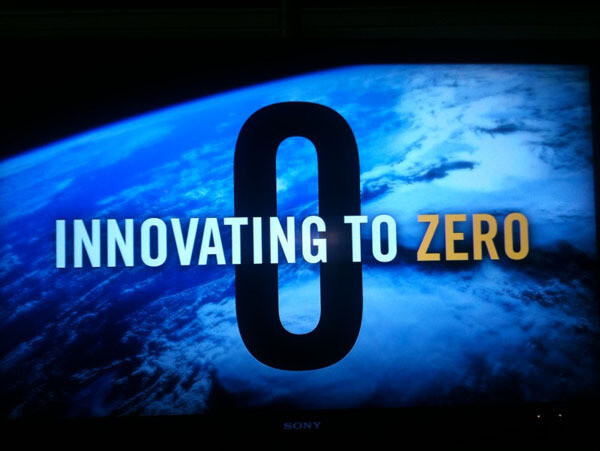
This will require some “energy miracles.”
In February 2010, Bill Gates stood up and presented a TED talk on what we can do to improve the lives of the poorest 2 billion people on the planet. Perhaps surprisingly, this talk was not on vaccines or seeds, but instead was focused on how energy – and the carbon dioxide emitted by our energy systems – impacts this population. And how we need “energy miracles,” though innovation that will lead us to zero carbon dioxide emissions.
Over a period of 18 minutes and 50 seconds, Mr. Gates? discussed the importance of keeping the price of energy low (in order to reduce poverty and spur growth) while simultaneously reducing the carbon dioxide emissions from our energy supply to reduce the impact of global warming on the world’s most susceptible populations. And, in fine engineering style, Mr. Gates framed his entire argument with a simple (and powerful) equation.
According to this equation, carbon dioxide (from our energy supplies) is a function of four things – people, services, efficiency, and CO2 emissions per unit of energy.
- People (P) refers to the number of people living on the planet, with a magnitude of about 7 billion today and an expected value closer to 10 billion by 2050.
- Services (S) refers to all of the services that we use, including things like the food that we eat, clothing that we wear, electronics, heating, transportation, etc.
- Efficiency (E) refers to the energy used for each service. This number has actually been dropping over time, though it is nowhere near zero (and probably can’t be)
- CO2 per unit of energy (CO2) refers to the amount of carbon dioxide that is released into the environment for each unit of energy that is demanded to provide the services that the world’s population uses.
This equation shows us that, if we want to bring total energy-related carbon dioxide emissions to zero, only one factor that can get us there, CO2 per unit of energy. (Note: technically, bringing the world’s population to zero, eliminating energy use for services, or getting rid of services could achieve the same impact, but it is unlikely that we would want to do this).
One could argue that we do not need to bring our emissions all the way to zero in order to avoid the biggest negative impacts of global climate change. But, according to Mr. Gates, this argument does not work:
“If you sum up the CO2 that gets emitted, that leads to a temperature increase, and that temperature increase leads to some very negative effects. The effects on the weather and, perhaps worse, the indirect effects, in that the natural ecosystems can’t adjust to these rapid changes, and so you get ecosystem collapses.
Now, the exact amount of how you map from a certain increase of CO2 to what temperature will be and where the positive feedbacks are, there’s some uncertainty there, but not very much. And there’s certainly uncertainty about how bad those effects will be, but they will be extremely bad. I [have] asked the top scientists on this several times, do we really have to get down to near zero? Can’t we just cut it in half or a quarter? And the answer is that, until we get near to zero, the temperature will continue to rise…This is something that has to get to zero.”
So, how can we get our emissions to zero? According to Mr. Gates, this will require some “energy miracles.”







